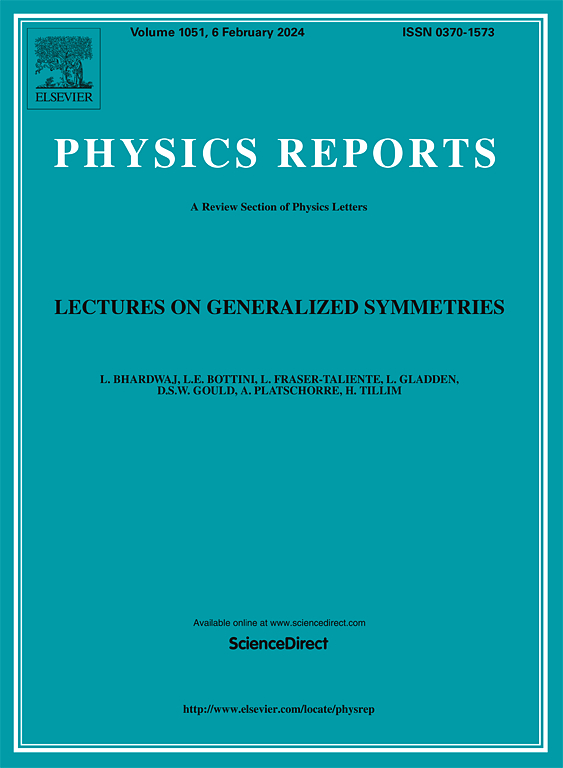在统计力学的基础上
IF 29.5
1区 物理与天体物理
Q1 PHYSICS, MULTIDISCIPLINARY
引用次数: 0
摘要
虽然不像量子力学那样广泛和流行,但对统计力学基本方面的研究构成了建立现代物理学的一个重要研究领域。除了物理学家和哲学家本身的兴趣,以及明显的教学动机之外,还有一个进一步的,令人信服的原因,让我们彻底了解这个主题。在已建立的领域边缘的模型和方法的快速发展确实需要对理论的基本方面进行深刻的反思,这是其成功的基础。当试图将统计力学的领域扩展到具有新颖的、鲜为人知的特征的系统时,这些元素永远不应该被忽视。因此,以一种仔细的方式(重新)考虑统计力学基础所涉及的主要成分是很重要的。其中,主要的作用是动力学方面(例如混沌的存在),大系统的集体特征的出现,以及在建立物理系统的一致统计描述中使用概率。考虑到这一目标,在目前的评论中,我们的目标是提供一个一致的图像,在经典和量子领域的艺术状态。特别是,我们将强调关键技术和概念步骤的相似性,强调许多自由度的相关性,以证明在两个领域中使用统计集合的合理性。本文章由计算机程序翻译,如有差异,请以英文原文为准。
On the foundations of statistical mechanics
Although not as wide, and popular, as that of quantum mechanics, the investigation of fundamental aspects of statistical mechanics constitutes an important research field in the building of modern physics. Besides the interest for itself, both for physicists and philosophers, and the obvious pedagogical motivations, there is a further, compelling reason for a thorough understanding of the subject. The fast development of models and methods at the edge of the established domain of the field requires indeed a deep reflection on the essential aspects of the theory, which are at the basis of its success. These elements should never be disregarded when trying to expand the domain of statistical mechanics to systems with novel, little known features.
It is thus important to (re)consider in a careful way the main ingredients involved in the foundations of statistical mechanics. Among those, a primary role is covered by the dynamical aspects (e.g. presence of chaos), the emergence of collective features for large systems, and the use of probability in the building of a consistent statistical description of physical systems.
With this goal in mind, in the present review we aim at providing a consistent picture of the state of the art of the subject, both in the classical and in the quantum realm. In particular, we will highlight the similarities of the key technical and conceptual steps with emphasis on the relevance of the many degrees of freedom, to justify the use of statistical ensembles in the two domains.
求助全文
通过发布文献求助,成功后即可免费获取论文全文。
去求助
来源期刊

Physics Reports
物理-物理:综合
CiteScore
56.10
自引率
0.70%
发文量
102
审稿时长
9.1 weeks
期刊介绍:
Physics Reports keeps the active physicist up-to-date on developments in a wide range of topics by publishing timely reviews which are more extensive than just literature surveys but normally less than a full monograph. Each report deals with one specific subject and is generally published in a separate volume. These reviews are specialist in nature but contain enough introductory material to make the main points intelligible to a non-specialist. The reader will not only be able to distinguish important developments and trends in physics but will also find a sufficient number of references to the original literature.
 求助内容:
求助内容: 应助结果提醒方式:
应助结果提醒方式:


